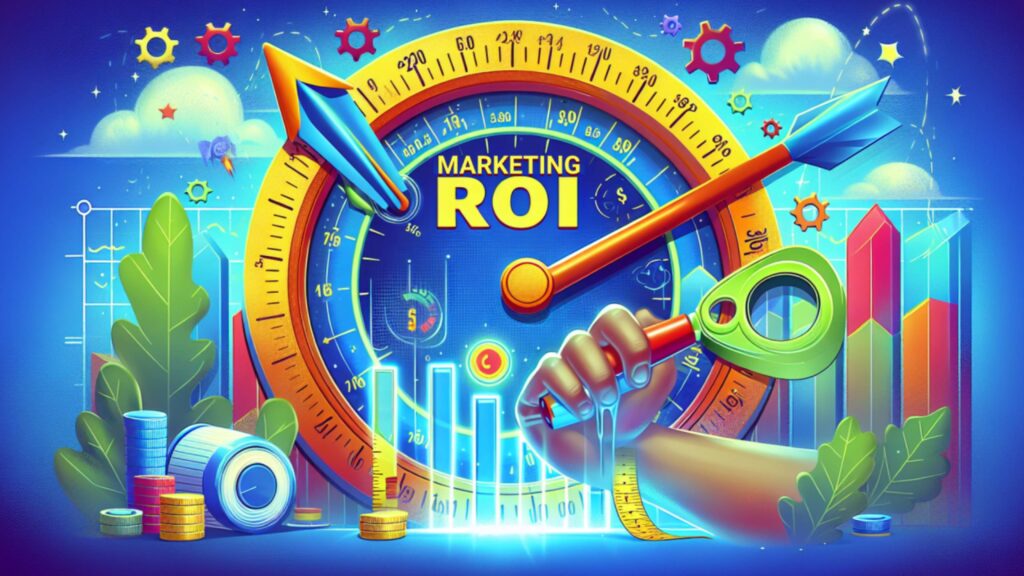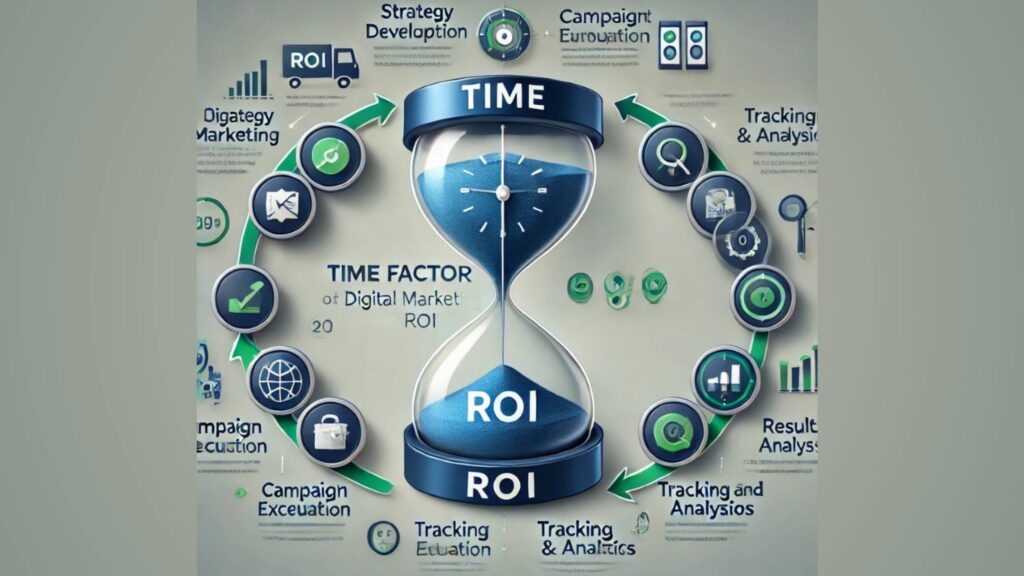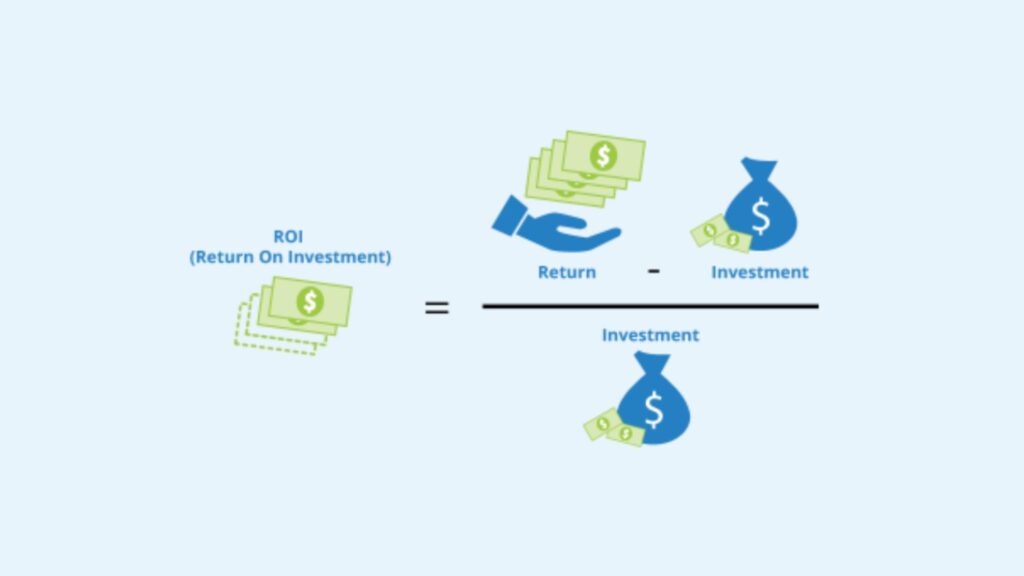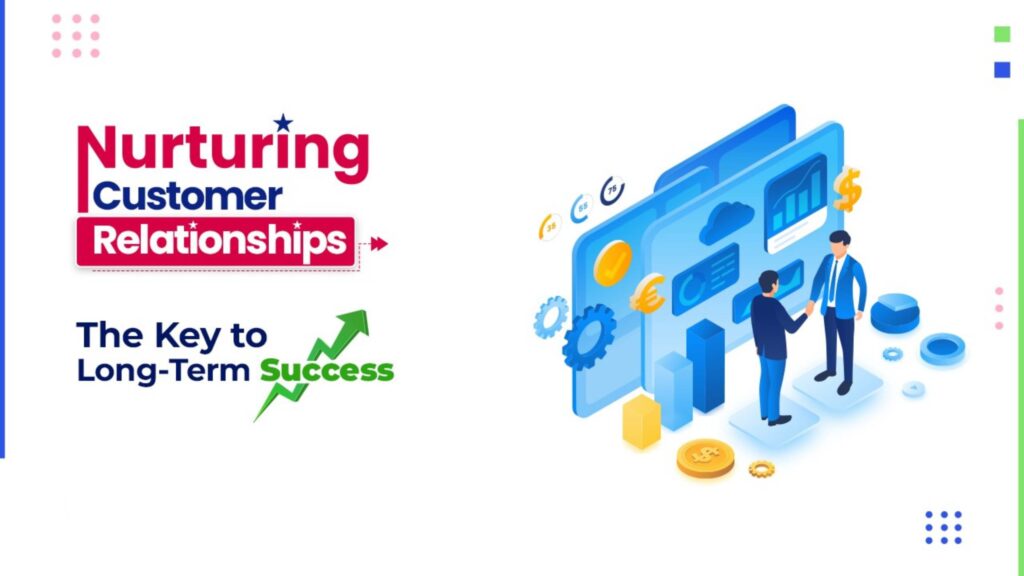Introduction

In today’s fast-paced digital world, businesses are pouring significant resources into digital marketing campaigns with the hope of seeing strong returns. However, the results aren’t always as immediate or impressive as expected. Have you ever wondered why your digital marketing strategies aren’t yielding the Marketing ROI you anticipated? You’re not alone—many business owners face this challenge. Often, the issue lies in setting unrealistic expectations without a full understanding of the time, effort, and budget required to generate meaningful results.
Achieving a measurable marketing ROI is possible, but it takes time, strategy, and a clear vision of what success looks like. In this blog, we’ll show you how to set realistic expectations, adjust your strategies for better outcomes, and make sure your digital marketing investments pay off. Contact Ekhlas Designs today to explore how we can help you fine-tune your marketing strategies and achieve realistic Digital Marketing ROI.
1. The Time Factor in Achieving Digital Marketing ROI

A common mistake businesses make is expecting instant results from digital marketing campaigns. Whether it’s through paid ads, social media, or SEO, Marketing ROI requires time. For instance, SEO campaigns often take several months before you see tangible results. Google’s algorithm doesn’t instantly recognize and rank your content. Similarly, social media growth or brand recognition takes time to build. Setting more realistic time frames—6 to 12 months for SEO, for example—helps align your expectations and reduces the frustration of not seeing quick returns.
By planning for gradual progress, businesses are better prepared for the long-term nature of digital marketing. Contact Ekhlas Designs today to create a tailored strategy that incorporates realistic timelines for achieving your Digital Marketing ROI.
2. Define What ROI Means for Your Business

Many businesses fail to define clear objectives for their Marketing ROI from the outset. ROI doesn’t have to mean immediate profits. Instead, it can refer to lead generation, increased website traffic, or higher brand awareness. For example, a growing email list or increased social media engagement can be considered part of your digital marketing ROI, even if it doesn’t translate into instant sales.
By defining what success looks like for your business, you can better gauge your digital marketing efforts. Whether it’s more leads, a larger social media following, or increased website visits, having a clear goal ensures you’re measuring ROI in the right way.
3. Set a Realistic Digital Marketing Budget for Optimal ROI

Your digital marketing budget directly impacts the Digital Marketing ROI you can expect. Allocating too little or too much can be equally detrimental. A small budget might not generate enough traffic or leads to make a significant impact, while an overly large budget could result in wasted spending if your strategy isn’t well-defined.
PPC ads, for instance, may need a larger upfront budget to see results, especially in competitive markets. On the other hand, SEO and content marketing might require less financial input but take more time. By aligning your budget with your goals, you can ensure you’re investing where it matters most, which is essential for a positive marketing ROI.
Contact Ekhlas Designs today for expert advice on setting an optimal marketing budget that aligns with your goals and ensures the best possible Digital Marketing ROI.
4. Measure Your Digital Marketing ROI with Data and Analytics

To set realistic expectations for Marketing ROI, businesses must consistently track and measure their performance. Relying on data helps you understand what’s working and what needs adjustment. Using tools like Google Analytics, Facebook Insights, and CRM systems provides you with a clear picture of your traffic, conversion rates, and engagement levels.
For example, if lead generation is your focus, metrics like cost per lead (CPL) or conversion rate are vital in tracking your ROI. By continuously monitoring these metrics, you can optimize your strategies to achieve better results over time, ensuring your Digital Marketing ROI remains on track.
5. Nurture Long-Term Relationships for Sustained Digital Marketing ROI

Effective digital marketing isn’t just about one-time transactions; it’s about building long-term customer relationships. Campaigns that focus on engagement, trust-building, and delivering value will pay off in the form of sustained Digital Marketing ROI. This is especially true for content marketing, email campaigns, and social media strategies that focus on nurturing leads and strengthening customer loyalty over time.
For example, a business that engages with its audience regularly on social media or sends value-driven emails will develop stronger customer relationships, resulting in long-term retention and higher ROI. While this may take longer to materialize, the long-term value is undeniable.
Contact Ekhlas Designs today to discover how to create lasting customer relationships and boost your long-term Digital Marketing ROI.
Conclusion
In conclusion, setting realistic expectations for Digital Marketing ROI involves understanding the investment of time, effort, and budget required for meaningful results. By defining your goals, allocating a reasonable budget, using data to track progress, and focusing on building long-term relationships, you can ensure that your digital marketing efforts deliver the results you expect. Remember, patience and consistency are key to unlocking the full potential of your digital marketing strategy.

